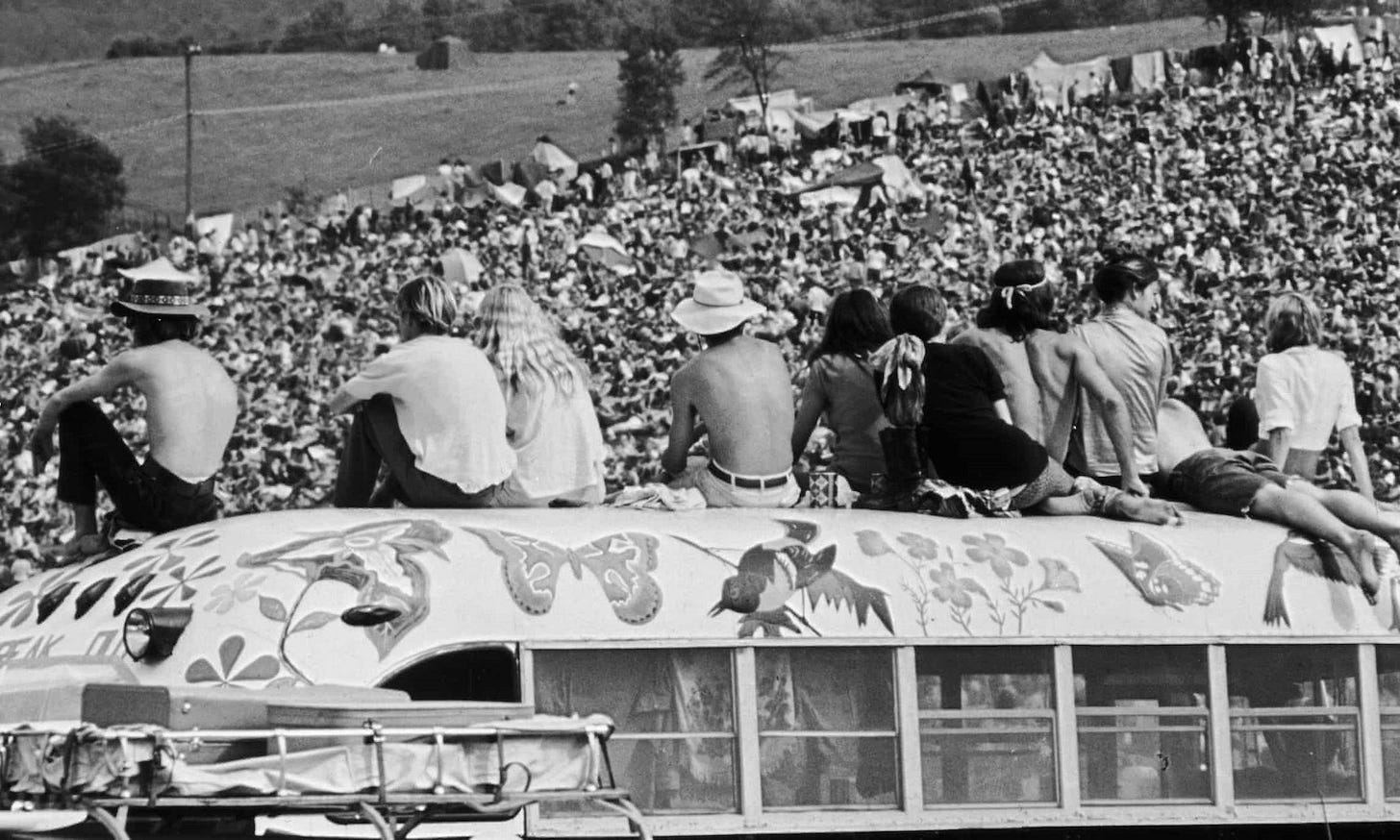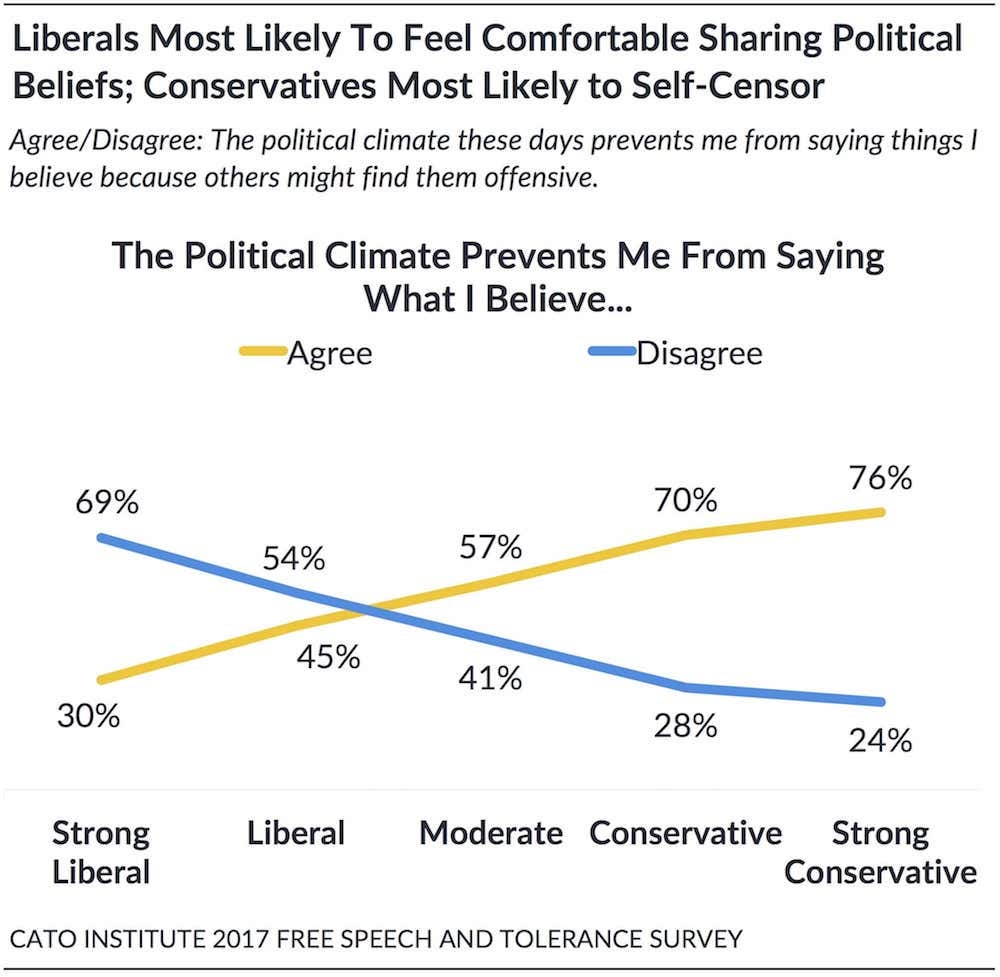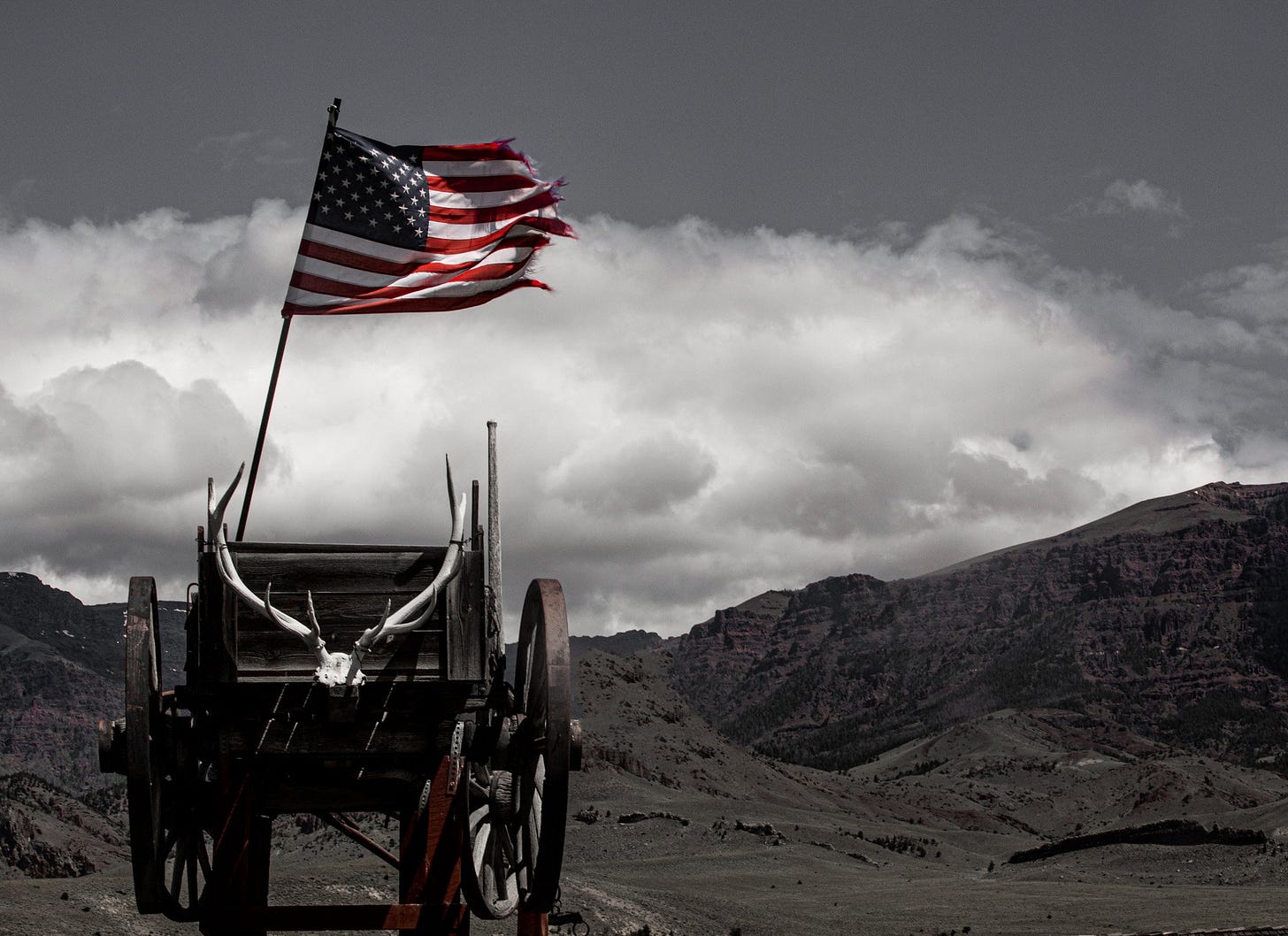A Nation of Reaction
On the Culture of the Compulsive and the symbolic implications of AI and online trends in America
In modern America, modes of expression are relentless, and the nation's unconscious is often laid bare through its virtual trends, institutional actions, and episodes of collective psychosis.
The fervor and near-obsessive, hyper-individualized fixations that appear online boil and simmer quite rapidly, and this phenomenon can hardly be better observed than with the collective use of artificial intelligence, creating or re-imagining historical or modern images in nostalgic cartoon styles. Even the White House has participated in the viral Ghibli trend, parodying the ICE arrest of a notorious fentanyl dealer.
In the age of hyperconnectivity, the virtual realm has paradoxically contracted into an intensely immediate and compressed psychic space—unlike the expansive geography that once defined the American experience. Images, whether artificially created or made into memes, are shared at a rapid pace and operate less as ways to communicate and more as compulsive emissions from a digitized collective unconscious. While scholars such as Jordan Peterson have debated whether memes represent expressions of the collective psyche, it is the very process by which social media trends emerge, thrive, and collapse that reveals something more peculiar: 'Meaning,' as it remains within the American mythos, is increasingly momentary—if not absent altogether—and the engagement with collective, fleeting crazes reflects the nation's disoriented psychic stance.
Undoubtedly, the American people—those who have struck roots in a soil born out of rootlessness—desire harmony and wholeness within their nation. Historically and symbolically, this goal has been evident, with both physical and psychological struggles persisting well into the aftermath of the Civil War. Yet in the present, rather than advancing toward collective maturation, it appears the American psyche has become possessed by a kind of fantastical regression—one in which emotional immediacy and nostalgic imagery substitute for meaningful development, both nationally and psychologically. After all, America is the youngest child of Mother Europe, and his inward infatuations have more often than not become the crux of his identity on the world stage.
This is not to say that the collective fascination with the capabilities of advanced technology is a slight on national integrity or a hindrance to individual development. However, given the swiftness of focus and the lack of intellectual depth surrounding such actions, it is a fair assessment that America is acting out its infantilism on a grand, virtual scale—with no natural space to turn.
In effect, the cartoonish AI trends have subtly told the truth of psychic exhaustion among millennials and younger.
On the individual, clinical level, as stated by Swiss psychologist Carl Jung:
"When any natural human function gets lost, i.e., is denied conscious and intentional expression, a general disturbance results." (Jung, CW 10, ¶544).
While this insight applies foremost to individual psychic processes—much like the regression into infantile fantasies applies to the neurotic—it is no less accurate on a collective scale; a nation reflects the psychic habits expressed by its people. Though Jung's focus was not on political factions per se, his warning offers a valuable lens through which to interpret cultural behavior. One might read the Right's recent embrace of aesthetic trend-chasing and online mimicry not as strategic but as symptomatic. Years of symbolic or ideological suppression—real or perceived—have resulted not in renewal but in a compulsive re-entry into the very cultural modes it had previously disdained. As expected, the new, up-and-coming generations have contributed to the shift with their technological dependence and meme-based communication; nevertheless, the "Right" imitating the forms of its opponent is the consequence of the continual symbolic suppression from the "Left."
Lately, it has become a common refrain from the Right that "they had it coming" when referring to the adversary—the Left, extremists, or otherwise. While the logic behind the motto is mostly resounding and correct, particularly after years of cultural belittlement, it signals less ideological strength than a kind of lethargy: a broader absence of initiative—not only in symbolic expression but in creativity, vision, and direction. The retreat into mimicry reflects stagnation—a performance of action that merely conceals inaction.
Instead of creating its own aesthetic or symbolic language, the Right mirrors its opposition. Memes or aesthetics—it all comes secondhand. Rather than being a cultural adaptation, it is a reaction dressed up as participation.
From a Jungian perspective, this could be dubbed a failure of individuation, where the group is not defining itself through inner values but through opposition. It is not becoming something; it is only resisting something else. Gone on long enough, such actions, at least virtually, question the Right's honest individuality—a trait the party has been touted for since its founding. One of the Right's foundational values—at least in its philosophical tradition—is a commitment to individualism: self-determination, resistance to mass conformity, and a suspicion of collectivist identity politics. Nevertheless, with the rise of digital expression, if one were to look at the state of the Right through a hyper-online lens, one could ask whether the party can still authentically claim the mantle of individualism. While this may be more of an individual-based analysis, it is worth exploring; perhaps another article will revisit the query.
On the Culture of the Compulsive
Compulsive action has become the norm not only for political parties and their expression but also for the whole of American society. This 'acting without thinking' stands in sharp contrast to the contemplative traditions of Old Europe, rooted in humanistic education and philosophical depth. Of course, mainland Europe's modern policies no longer reflect its historical strength. Moreover, for early America, the influence of Old Europe never entirely took root—and dissolved even faster once settlers stepped onto Indian ground. Jung once described the American psyche as "a European with Negro behavior and an Indian soul" (Jung, CW 10, ¶103). The "Indian soul," in Jung's view, refers to the psychological orientation toward instinct, action, and ruthlessness—qualities associated with the primitive archetype, which are evident in the American ethos.
In describing the dreams of his American patients, which contained "symbols relating to the Indian," Jung states:
"The progressive tendency of the unconscious, as expressed for instance in the hero-motif, chooses the Indian as its symbol, just as certain coins of the Union bear an Indian head . . . The hero is always the embodiment of man's highest and most powerful aspiration, or of what this aspiration ought ideally to be and what he would most gladly realize." (Jung, CW 10, ¶99-100).
Indeed, when one imagines the "native," he would be foolish to suspect a sluggish, dull layabout as the one who led charges against cavalrymen and soldiers. In both symbol and reality, America's original Hero is not the philosopher or priest but the war chief, the brave, or the medicine man—all of whom embody the ethos of leadership, movement, and reaction.
With this in mind, the cultural preference for immediacy over reflection, for action over thought, may be less a modern distortion than a persistent archetypal structure in the American psyche itself.
The Indian soul of America does not act out of an individual vocation, creative abundance, or symbolic authorship (contrary to much of the symbolism projected onto primitive life) but out of instinct or what needs to be done in the moment. It is responsive, not generative; environmental, not internal. In its original form, this instinct carried cohesion within a tribe—it was embedded in ritual, meaning, and real-world necessity. However, in the symbolic dislocation of the digital age, where "survival" is no longer physical but of social status, this same psychic structure transforms into a compulsive behavior.
The Shift: How the Working Man Became the Meme
Another manifestation of the Indian soul can be seen in the figure of the American "working man." He may not function as a symbol of America in any Jungian sense. However, he embodies something central to the nation's psychic structure: the preference for utility over beauty, doing over being, and a moral code grounded in practicality and egalitarianism rather than hierarchy, transcendence, or symbolic meaning. His ethos is survival, labor, and contribution—not reflection, self-fashioning, or myth-making.
Since the 1960s, however, the working man—a figure of necessity and practical virtue—has begun to fade from cultural centrality as American consciousness shifted toward something more subjective, expressive, and anti-institutional. Charles A. Reich, in The Greening of America, described this shift as the emergence of "Consciousness III": a new mode of being marked by progressivism, individual authenticity, and resistance to establishment.
Arthur Koestler, quoting the words of Reich in his essay, The Abishag Complex (1971), writes:
"The Consciousness III person, no matter how young and inexperienced he may be, seems to possess an extraordinary 'new knowledge.' He "sees effortlessly what is phony or dishonest in politics... whereas an older person has to go through years of education to make himself equally aware... Nothing is more difficult for an older person to believe in than this 'new knowledge,' but it is such a striking phenomenon, extending even to long-haired California teenagers hitchhiking their way to the beach, whose experience with political thinking or newspaper reading limited" (Koestler, The Heel of Achilles, Essays 1968-1973, pg. 94).
Critiquing Reich's interpretation of the Woodstock era, Koestler considered this divergence a "pinking" of America rather than a "greening," insinuating that America began to lean towards collectivist, Marxist ideals.

Although the Woodstock era is typically framed as a leftist revolution, one could argue that a similar anti-institutional ethos has emerged on the modern Right. The anti-institutional ethos that once defined the Woodstock generation—the desire to "do your own thing" to escape the grip of corporate or governmental control—has begun to dominate the young Right. This shift does not negate the underlying presence of the Indian soul—it merely signals a transformation in its expression. The same could be said for the traditional liberal gambit that once pursued an almost ultra-individualized existence, whether it meant drifting as "one with nature" or actively protesting against industrialization (without forcing others to comply, as we see today).
Now, where instinct once led to decisive action—on both political spectrums—it drifts into the disembodied space of virtual life. The modern Right no longer labors for "The Man," but neither does it act; instead, it performs. The instinct to rebel persists, but its outlet is aesthetic, ironic, and ultimately stagnant. It could be said that the Indian soul, once rooted in necessity and survival, now circles endlessly in the digital realm, searching for a fight that never comes.
The Symbols We 'Do' Have
It would be a mistake to claim that the Right is incapable of action. They have mobilized and participated in the electoral process, as evidenced by their turnout in support of President Trump and the victory thereafter. There is genuine energy for political expression; strolling through most midwestern or southern towns will prove as much, with flag waving, yard signs, and amusing decorations. America has never been more ripe with political conviction than displayed in the most recent election. Understanding what spurs voters to action is key to grasping the deeper current of the American pursuit—one rooted not in transcendence or symbolic vision but in the twin values of freedom and liberty. It is where working ethic reigns supreme, and the "common man" is valued in his pragmatism over the "exceptional" do-gooder.
Since its founding, there has not been an emphasis on an excess of creativity but a heed to adaptation, survival, and utility. With this in mind, it begs the question of what symbols and myths America does have and what has been done with them.
America has archetypal fragments but not a unified symbolic language, as previously observed with the Indian. The "Indian" figure is a trace of the unconscious, not a consciously inhabited symbol. For the most part, it was continuously suppressed, rejected, and unfathomable; and therefore, unintegrated. It remains that way. The American psyche draws on such fragments of symbolic material—flag, eagle, frontier, Indian—but these do not form a cohesive myth. America's ongoing engagement with its national myths—the frontier, the self-made man, the American Dream—reveals a kind of symbolic processing, though one often caught in cycles of repetition. The mythos does not evolve so much as it loops, circling the same set of iconic narratives without transformation. In this sense, the national psyche resembles that of the pre-adolescent boy, who returns obsessively to the same story—whether it be the knight or the cowboy—not out of deep understanding but because it offers a structure sturdy enough to carry imagination without requiring change. The story is "new" in appearance but always the same at its core. They are flattened narrative forms, sustained more by nostalgia than transformation.
On Ghibli
Perhaps it is the nostalgic effect that has made the Ghibli AI trend so popular—and in that sense, it is one of the few digital moments that briefly united both sides of the political spectrum. For a short while—as with all things online—a shared aesthetic bridged the divide. It is the pre-adolescent psyche in digital form: aestheticizing the self, the past, or the political through borrowed imagery, all without symbolic risk or transformation. There is no harm in the trend itself, and perhaps even a genuine longing for depth within it—but its compulsive adoption, rapid rise and collapse, and recycling of nostalgic forms from another culture speak to something deeper. When a nation cannot generate its own symbolic language, it borrows another's; when it cannot reflect, it performs.
The modern American, regardless of political faction—whether seated in the White House or smoking a cigar on his back porch—still clings to the sentiment that "the good old days" were the best of all. Nevertheless, if that nostalgia remains unexamined, bereft of action and reflection, let it rest assured within him that such modes become a substitute for meaning. If the instinct to act is denied—if the uniquely American urge toward movement, struggle, and response is replaced by performance alone—the result will not simply be individual malaise but a stagnant reality that reflects the national condition.






